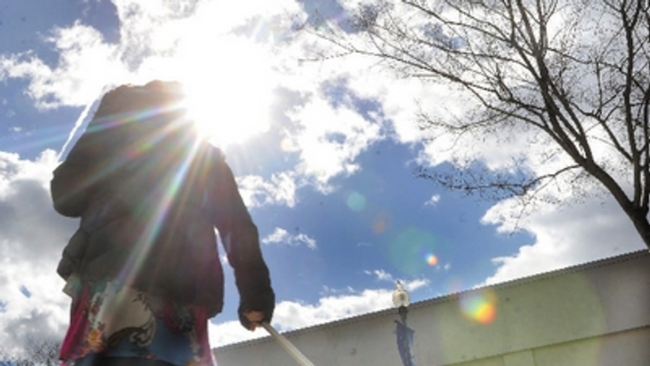Cal/OSHA HEAT ADVISORY
When employees work in hot conditions, employers must take special precautions in order to prevent heat illness. Heat illness can progress to heat stroke and be fatal, especially when emergency treatment is delayed. An effective approach to heat illness is vital to protecting the lives of California workers.
California law requires employers to identify and evaluate workplace hazards and take the steps necessary to address them. The risk of heat illness can be significantly reduced by consistently following just a few simple steps. Employers of outdoor workers at temporary work locations must be particularly alert and also plan for providing first aid and emergency medical services should they become necessary. All workers should be accounted for during and at the end of the work shift. Heat illness results from a combination of factors including environmental temperature and humidity, direct radiant heat from the sun or other sources, air speed, and workload. Personal factors, such as age, weight, level of fitness, medical condition, use of medications and alcohol, and acclimatization effect how well the body deals with excess heat.
Heat Illness Risk Reduction
1. Recognize the Hazard. There is no absolute cut-off below which work in heat is not a risk. With heavy work at high relative humidity or if workers are wearing protective clothing, even work at 70oF can present a risk. In the relative humidity levels often found in hot areas of California (20 to 40 percent) employers need to take some actions to effectively reduce heat illness risk when temperatures approach 80 F. At temperatures above 90 F, especially with heavy work, heat risk reduction needs to be a major concern.
2. Water. There must be an adequate supply of clean, cool, potable water. Employees who are working in the heat need to drink 3-4 glasses of water per hour, including at the start of the shift, in order to replace the water lost to sweat. For an eight-hour day this means employers must provide two or more gallons per person. Thirst is an unreliable indicator of dehydration. Employees often need ongoing encouragement to consume adequate fluids, especially when the workload or process does not encourage breaks.
3. Shade. The direct heat of the sun can add as much as 15 degrees to the heat index. If possible, work should
be performed in the shade. If not, employers where possible, should provide a shaded area for breaks and when employees need relief from the sun. Wide brimmed hats can also decrease the impact of direct heat.
- Acclimatization. People need time for their bodies to adjust to working in heat. This “acclimatization” is particularly important for employees returning to work after (1) a prolonged absence, (2) recent illness, or (3) recently moving from a cool to a hot climate. For heavy work under very hot conditions, a period of 4 to 10 days of progressively increasing work time starting with about 2 hours work per day under the working conditions is recommended. For less severe conditions at least the first 2 or 3 days of work in the heat should be limited to 2 to 4 hours. Monitor employees closely for signs and symptoms of heat illness, particularly when they have not been working in heat for the last few days, and when a heat wave occurs.
- Rest Breaks. Rest breaks are important to reduce internal heat load and provide time for cooling. Heat illness occurs due to a combination of environmental and internal heat that cannot be adequately dissipated. Breaks should be taken in cooler, shaded areas. Rest breaks also provide an opportunity to drink water.
- Prompt Medical Attention. Recognizing the symptoms of heat illness and providing an effective response requires promptly acting on early warning signs. Common early symptoms and signs of heat illness include headache, muscle cramps, and unusual fatigue. However, progression to more serious illness can be rapid and can include unusual behavior, nausea/vomiting, weakness, rapid pulse excessive sweating or hot dry skin, seizures, and fainting or loss of consciousness. Any of these symptoms require immediate attention.
Even the initial symptoms may indicate serious heat exposure. If medical personnel are not immediately available on-site, and you suspect severe heat illness, you must call 911.
Regardless of the worker's protests, no employee with any of the symptoms of possible serious heat illness noted above should be sent home or left unattended without medical assessment and authorization.
7. Training. Supervisors and employees must be trained in the risks of heat illness, and the measures to protect themselves and their co-workers. Training should include:
- Why it is important to prevent heat illness
- Procedures for acclimatization
- The need to drink approximately one quart per hour of water to replace fluids.
- The need to take breaks out of the heat
- How to recognize the symptoms of heat illness
- How to contact emergency services, and how to effectively report the work location to 911.
Attached Images:
